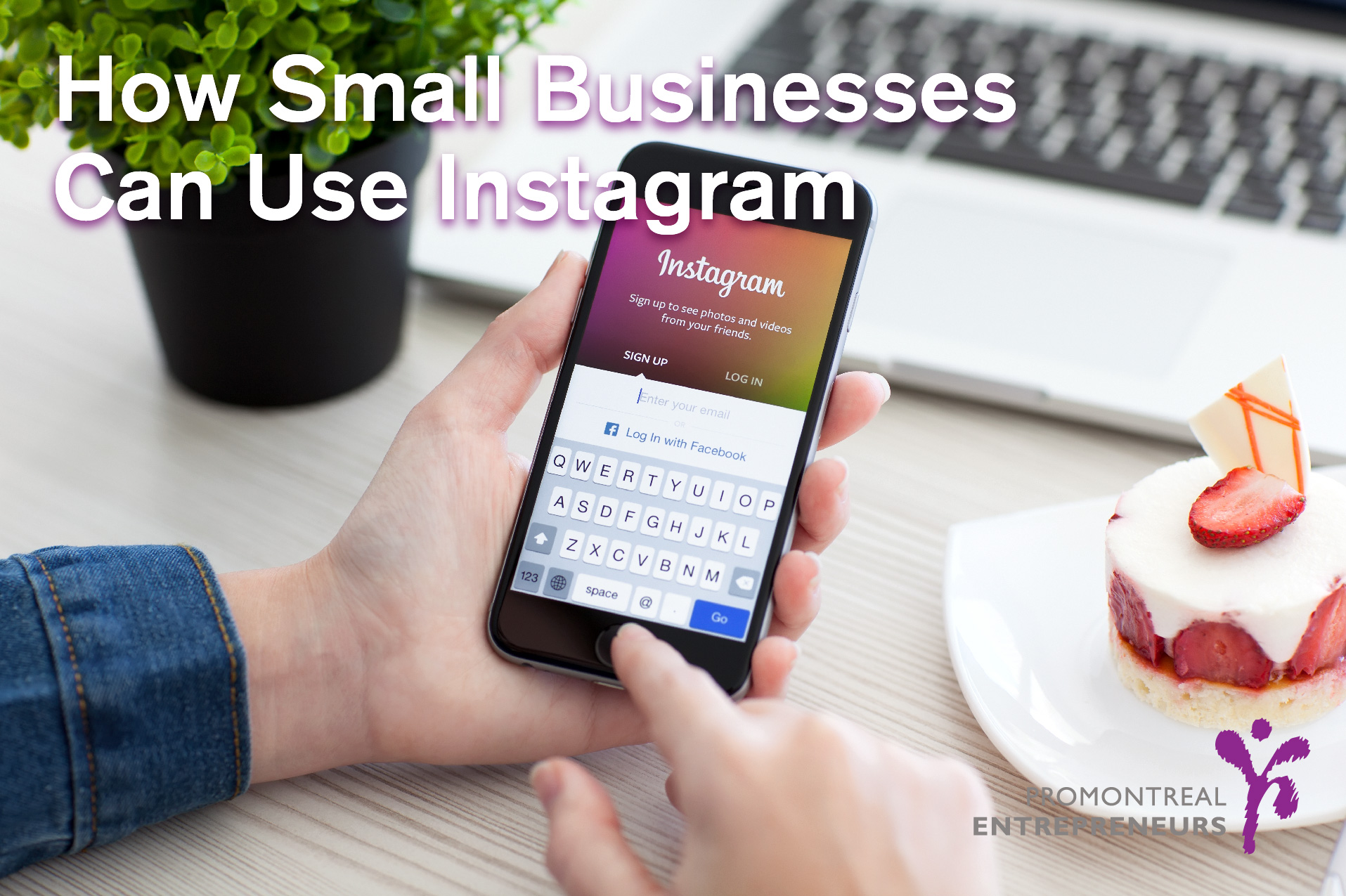The income statement is one of three financial statements that you need to become familiar with (the other two are balance sheet and cash flow statement). Understanding an income statement is essential in order to analyze the profitability and future growth of your business however reading an income statement can be intimidating to many people. Especially, if you’re at the early stage of starting your first business. To make the process slightly easier for you, here are 6 tips you should consider while looking over any income statement. It may not be as difficult or as confusing as you think it is.
1. Every income statement follows a simple formula
There is one formula that every single income statements follows:
Revenue- Expenses= Profit.
2. Income statements cover a period of time
The income statement will inform you of the amount your business has made over some time. usually, The statement will represent how much was made over a month, a quarter or a year. The “year-to-date” reflects business activity since January 1 to the present date (usually end of month).
3. Multiple names for one item cause complexity
Don’t let the financial jargon throw you off. Confusion can stem from the vocabulary used in in statements. People can use different terms to describe the same things. For instance, the words “sales” and “income” can be used interchangeably, as opposed to revenue. The term “profit” can be used instead of “net income”. “Expenses” are sometimes called “net income”.
4. The breakdown
Often times, expenses are split into multiple parts. Furthermore, profit is calculated at interim levels. For example, expenses will often be broken down into revenues, cost of goods sold, gross margin, selling, general and administrative (SG&A), and profit. Cost of goods sold are costs directly related to the products sold. Materials bought to make a product fits within this category. SG&A are costs not directly related to the making of the sold good. For example, salaries and office supplies are calculated for this.
5. Gross margin percent should be relatively constant
Gross margin is revenues less cost of goods sold. Also referred to as gross profit, gross margin is the money you receive from the products and services you sell, minus what it cost you to deliver them. It is essential because that the cost of goods sold move with revenue. The gross margin percentage is your gross margin divided by revenue. It should remain relatively constant over time. Any dramatic change with this regard should be seen as a red flag.
6. Dollars spent on SG&A should be relatively constant
Any significant and abrupt change in SG&A should be considered as alarming. It should remain constant overtime, and all dramatic and unjustifiable change should be looked into.























 Starting your own business is an overwhelming process. In addition to all tasks you must accomplish in building your product or service, there are certain legal concepts you must understand. This will help you make the best decisions for your start-up. What may seem minor at the moment can have a large impact on your business in the future. Here is our list of the most important legal concepts entrepreneurs need to understand.
Starting your own business is an overwhelming process. In addition to all tasks you must accomplish in building your product or service, there are certain legal concepts you must understand. This will help you make the best decisions for your start-up. What may seem minor at the moment can have a large impact on your business in the future. Here is our list of the most important legal concepts entrepreneurs need to understand. We all know the power of Instagram. It’s filled with big corporations competing for the attention of millions of Millennials, and members of Generation Z. Small businesses will be intimidated by big corporations with unlimited marketing budget, large following and quality content. But this is the beauty of social media. Though all of these things can seem like deterrents at first, they are also the reason why you must give Instagram a try. But how can you use Instagram for small business? Instagram can be a great way to promote your brand, connect the physical world with the online world and launch a new product or service. What you use and how you use it will depend on your goals and your organization.
We all know the power of Instagram. It’s filled with big corporations competing for the attention of millions of Millennials, and members of Generation Z. Small businesses will be intimidated by big corporations with unlimited marketing budget, large following and quality content. But this is the beauty of social media. Though all of these things can seem like deterrents at first, they are also the reason why you must give Instagram a try. But how can you use Instagram for small business? Instagram can be a great way to promote your brand, connect the physical world with the online world and launch a new product or service. What you use and how you use it will depend on your goals and your organization. You can only make a first impression once. Introducing your start-up to an angel investor is nerve-wracking to begin with. However, introducing your start-up to an angel investor by e-mail is a lot more challenging. You cannot charm or socialize with an individual by e-mail the same way you would in person. Standing out is much harder. Of course, you are better off reaching out to an angel investor by e-mail after having met them in person. But this isn’t always the case. For this reason it is important that you hatch out a plan that will captivate the interest of an angel investor. As said
You can only make a first impression once. Introducing your start-up to an angel investor is nerve-wracking to begin with. However, introducing your start-up to an angel investor by e-mail is a lot more challenging. You cannot charm or socialize with an individual by e-mail the same way you would in person. Standing out is much harder. Of course, you are better off reaching out to an angel investor by e-mail after having met them in person. But this isn’t always the case. For this reason it is important that you hatch out a plan that will captivate the interest of an angel investor. As said